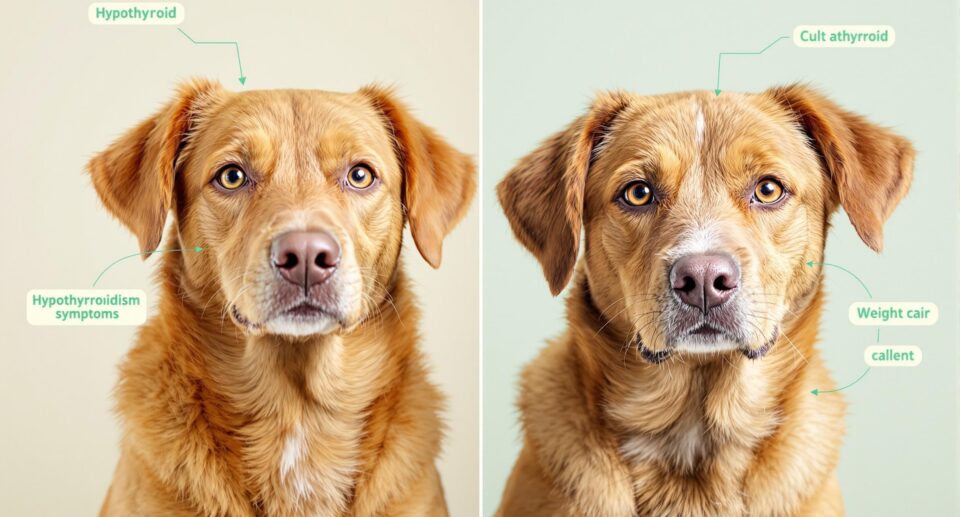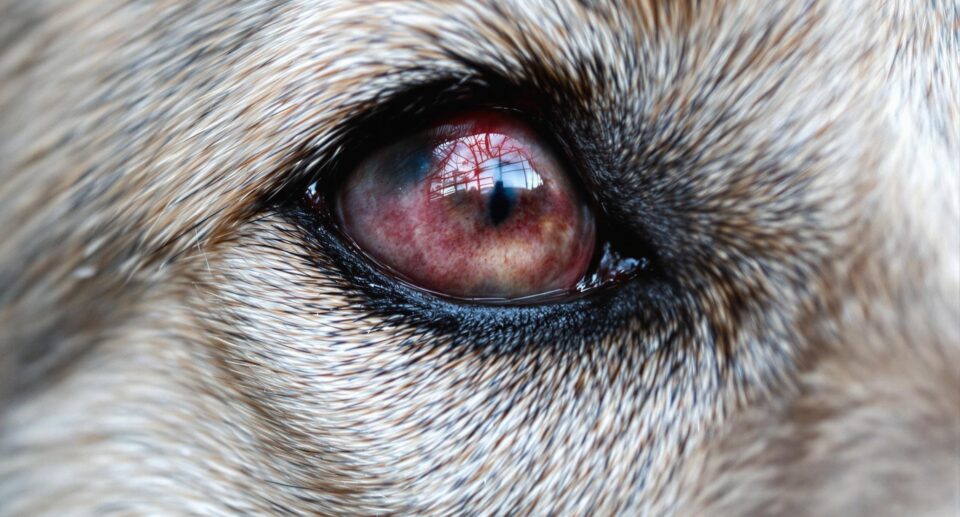How to Treat 5 Common Fungal Diseases in Dogs

Fungal diseases in dogs occur sporadically throughout the United States. Fungi are widely spread throughout the environment, and many types of fungi are spread via airborne spores, which can potentially gain entrance to the body through the respiratory tract or skin. Fungi may either involve the skin or mucous membranes, or in some cases become widespread and involve multiple organs, including the lungs, liver, and brain. While hygiene is important in managing and handling dogs with fungal infections, treatment involves the use of specific antifungal drugs. Many of these diseases can be effectively controlled, but a cure is often difficult.
Aspergillosis
Aspergillosis is an opportunistic fungal infection caused by the aspergillus, a species of common mold found throughout the environment. This fungi may infect dogs usually after the immune system is compromised by stress, disease, and/or drug therapies. In the local nasal form of this disease, aspergillosis is transmitted through direct contact with the fungus through your dog’s nose and sinuses. In the more disseminated form of this disease occurring in other organs, it is not known how transmission occurs.
Symptoms of Aspergillosis
Symptoms of nasal aspergillosis may include sneezing, nasal pain, bleeding from the nose, decreased appetite, swollen nose, and long-term nasal discharge. The disseminated form of this disease may develop suddenly or more gradually over many months, and may include signs of spinal pain or lameness, as well as non-specific signs of illness including fever, weight loss, vomiting, and loss of appetite.
Treatment Options
The imitazole class of antifungal drugs is most commonly used in fungal diseases including Ketoconazole, Itraconazole, and Fluconazole. In the nasal form of this disease, antifungals are commonly administered directly into the nose. The disseminated form is more difficult to treat and only rarely cured.
Blastomycosis
This systemic fungal disease occurs along the Eastern seaboard, in the Great Lakes region, and the Mississippi River valleys. The fungus is associated with moist rotting organic debris, often contaminated by bird droppings. The disease is typically acquired by a dog inhaling infected spores
Symptoms of Blastomycosis
Most cases of acute blastomycosis involve the respiratory system, and cause signs of coughing and often pneumonia. Weight loss and lameness is also seen. Almost one half of the cases involve the skin and eyes, where nodules may be produced in the skin that may drain pus.
Treatment Options
Treatment options for blastomycosis include Ketoconazole, Itraconazole, and Fluconazole. Prognosis is usually good for reduction of symptoms, especially when treatment is started early in the course of infection.
Cryptococcus
This fungal disease is caused by a yeast-like fungus cryptococcus neoformans, and is acquired by inhaling spores found in soil contaminated by bird droppings. In dogs, cryptococcus involves the brain, eyes, lymph nodes, and skin.
Symptoms of Cryptococcus
Approximately one half of the dogs with this fungus show respiratory signs, including nasal discharge and sometimes coughing. Signs of brain involvement include a wobbly gait, head pressing against the wall or hard surface, seizures, circling, blindness, and dementia. Eye involvement may cause varying degrees of eye inflammation, including blindness if the infection extends to the inner structures of the eyes. Swollen lymph nodes of the throat and chest may be seen. In the less common skin form of infection, cryptococcus may produce firm nodules, especially in the head area that may ulcerate and drain varying colors of pus.
Treatment Options
Oral antifungal drugs of the imitazole class are most commonly used. However the prognosis is usually guarded to poor. These drugs are partially effective when started early in the course of the disease.
Histoplasmosis (Ohio River Valley Fever)
The fungal disease histoplasmosis is found in the central United States in areas that have nitrogen-rich soil that allows the growth of the causative fungus Histoplasma capsulatum. Spores are found in soil contaminated by the feces of bats, chickens, and other birds. Spores are then breathed in by dogs to cause clinical symptoms of disease. Humans are also susceptible to this fungus usually also by breathing in spores from contaminated soils.
Symptoms of Ohio River Valley Fever
In most cases, histoplasmosis causes few to minimal clinical signs, occasionally producing a mild respiratory infection. There is an acute intestinal form of this disease that affects the small intestine and colon. The main signs are weight loss and severe diarrhea. A systemic form may be seen where there is fever, weight loss, vomiting, muscle atrophy, coughing and enlargement of the tonsils and lymph nodes, as well as other organ involvement of the liver, spleen, skin, eyes, and occasionally the brain.
Treatment Options
In non-life threatening situations, oral antifungal drugs of the imitazole class including Ketoconazole, Itraconazole, and Fluconazole are particularly effective. In dogs with severe infections, the drug Amphteracin B is often added to the treatment regimen.
Coccidiomycosis (Valley Fever)
This is the most severe and life threatening of the systemic fungal diseases in dogs. Known as Valley Fever, the coccidiomycosis fungal infection is found in dry, dusty parts of the southwestern United States (including California) and Mexico. Infection occurs by inhaling spores from the environment.
Symptoms of Valley Fever
Most cases of Valley Fever show minimal to no clinical signs; however, there is a more severe form that affects the lungs and produces severe pneumonia. If the disease becomes systemic, it may affect your dog’s bones, liver, spleen, lymph nodes, brain, and skin. Affected dogs will often have a chronic cough, weight loss, lameness, and fever.
Treatment Options
Ketoconazole, Itraconazole, and Fluconazole are often the drugs used; however, prolonged treatment may be needed to prevent recurrence. Relapses are common.





